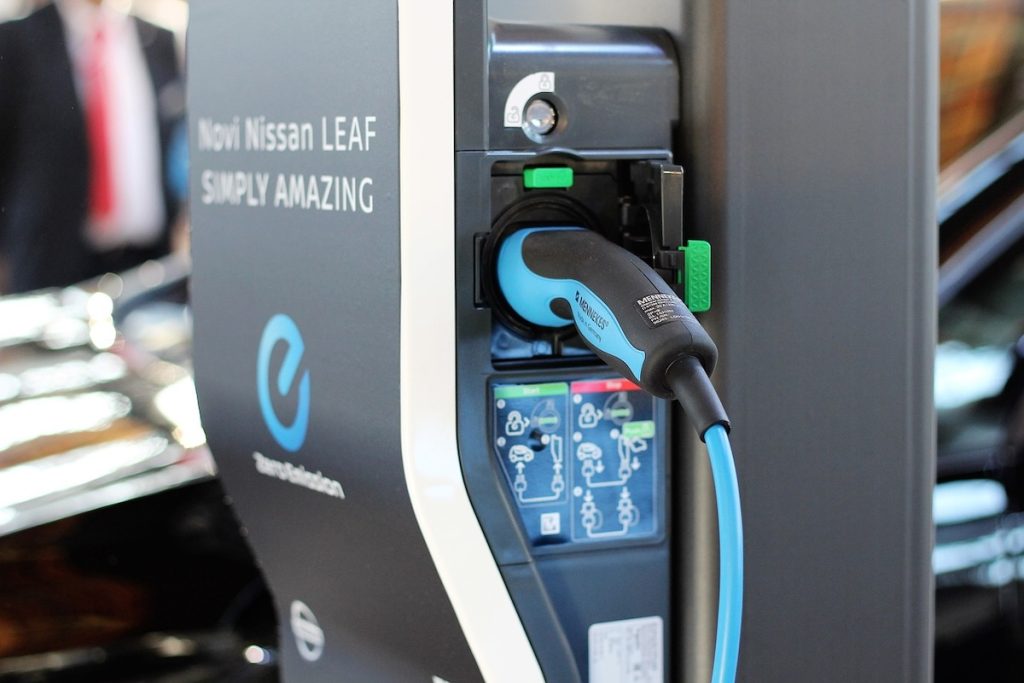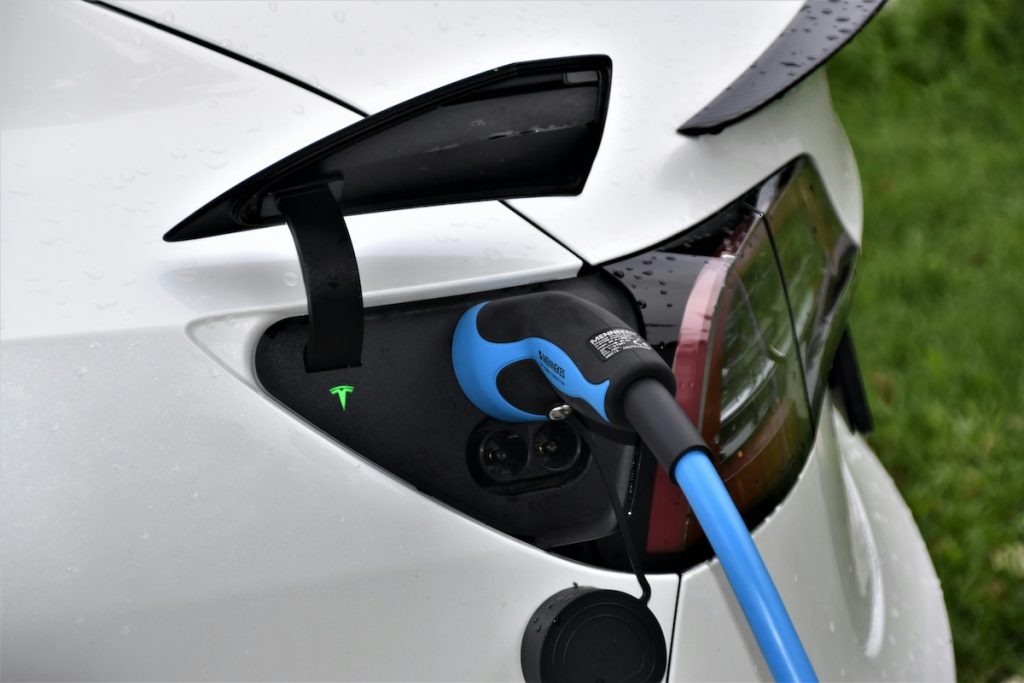As electric vehicles become increasingly popular, businesses are recognizing the importance of supporting sustainable transportation through the installation of workplace vehicle charging stations. Offering such amenities not only enhances the company’s reputation but also attracts eco-conscious employees and clients. However, installing a charging station involves a range of considerations to ensure it meets the needs of both the business and its users. From understanding infrastructure requirements and choosing the right type of charger to assessing potential costs and exploring incentive programs, each step plays a crucial role in successful implementation. This blog will guide you through the key factors to consider when planning to install a vehicle charging station at your workplace, ensuring that your investment is both practical and forward-thinking.
Cost Efficiency
When considering the installation of a workplace vehicle charging station, cost efficiency is a paramount factor. Initial expenses may include the price of the hardware, installation fees, and potential infrastructure upgrades. However, businesses should also consider long-term savings and benefits. Implementing energy-efficient chargers can reduce power consumption, lowering operational costs over time. Whether that’s a level 2 charger by BTC Power or a DC fast charger by a different company, businesses should evaluate their specific usage needs to determine the most cost-efficient option. Additionally, taking advantage of government incentives and tax credits can further decrease the overall installation costs.
Understanding Infrastructure Requirements
Before installing a vehicle charging station at your workplace, it is essential to assess the current electrical infrastructure and identify any necessary upgrades. Start by evaluating your building’s electrical capacity to ensure it can support the additional load that a charging station will introduce. You may need to consult with a licensed electrician or an electrical engineer to conduct a thorough assessment. Consider the location of the station to ensure it is easily accessible and complies with local zoning regulations. Additionally, ensure that the physical space can accommodate the station without obstructing traffic or reducing available parking spaces. Proper planning regarding the infrastructure will help avoid unexpected challenges and costs during the installation process.
Exploring Incentive Programs
Incentive programs can significantly reduce the cost of installing workplace vehicle charging stations, making them more accessible for businesses. Many governments and local authorities offer financial incentives such as grants, rebates, and tax credits to promote the adoption of electric vehicles and charging infrastructure. These programs are designed to alleviate the initial financial burden and encourage sustainable practices in the corporate sector.
Businesses should research and identify relevant programs available in their region, as these can vary widely. Additionally, utility companies often provide time-of-use rates or discounts for businesses installing charging stations, further driving down costs. Taking advantage of these incentives not only makes the investment more affordable but also underscores the commitment of businesses to environmental stewardship.
Ensuring User Accessibility and Convenience

User accessibility and convenience are key considerations when implementing a workplace vehicle charging station. Start by selecting a strategic location that ensures easy access for all employees, including those with disabilities, by complying with ADA (Americans with Disabilities Act) guidelines. Consider placing stations in high-traffic areas close to building entrances or in designated parking areas to promote their usage.
Implementing an intuitive and user-friendly payment system or app can enhance user experience, allowing employees to quickly manage charging sessions. Additionally, providing clear signage and directions to the charging station will improve visibility and access, ensuring that all potential users can easily locate and utilize the service. Prioritizing these elements will increase user satisfaction and promote regular use of the charging facilities.
Planning for Future Expansion
Begin by evaluating the current capacity and ensuring that any installation can be scaled to accommodate an increased number of charging units without significant disruption or additional infrastructure costs. It may be prudent to lay additional electrical conduits during the initial installation process, even if they are not immediately connected to chargers, to facilitate easier expansion in the future. Engage with vendors who offer scalable solutions, allowing for the seamless addition of new charging stations as needed. Additionally, consider opting for smart charging technologies that can adapt to higher usage rates by managing load distribution efficiently.
Installing a workplace vehicle charging station is a strategic investment that aligns businesses with the growing trend of sustainable transportation. By carefully considering factors such as cost efficiency, infrastructure requirements, incentive programs, user accessibility, and future expansion, companies can ensure that their charging solutions are effective and scalable. This not only supports environmental goals but also enhances employee satisfaction and attracts eco-conscious talent. As the adoption of electric vehicles continues to rise, businesses that proactively embrace this shift will position themselves as leaders in innovation and sustainability, reaping both reputational and financial benefits in the long run.


